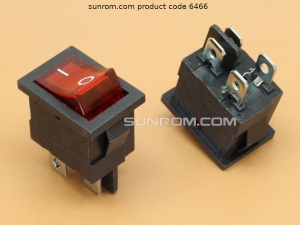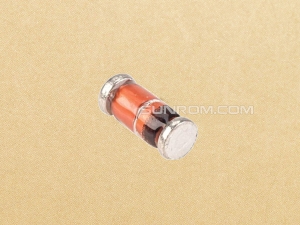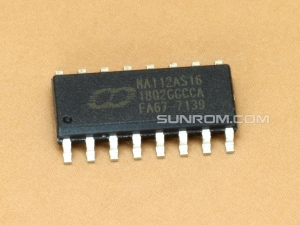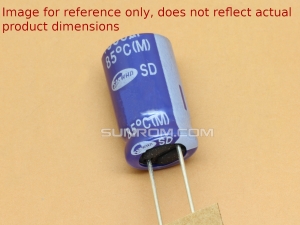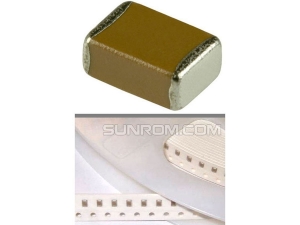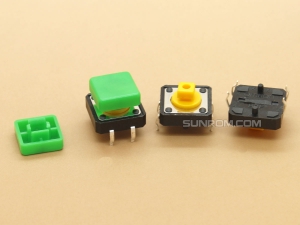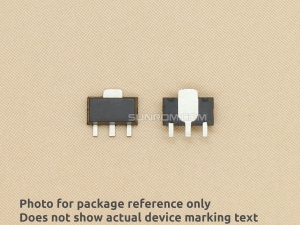Wireless Power Transfer Modules
Transfer power from transmitter to receiver without any wires for powering circuits.
The Wireless Power Transfer and Charging Module can be used in electronic equipments in common use for close wireless charging or power supply. Consist of a Transmitter & Receiver and coil, it could serve as a replacement for the Wireless Power Supply with stable 5V output voltage and maximum 600mA output current. Its small size and insulation coil is more suitable for using in wireless project.
This module use an electromagnetic field to transfer electric energy between a transmitter circuit and a receiver circuit.
An induction coil creates an alternating electromagnetic field from within the transmitter circuit powered with 12V. The second induction coil takes power from the electromagnetic field and converts it back into electrical current to the receiver circuit that outputs 5V - 600mA.
Specifications
| Transmitter Input Voltage | +12V DC |
| Maximum Transmitter Input Voltage | +13.5V DC |
| Receiver Output Voltage | +5V DC regulated fixed |
| Maximum Receiver Current Capacity | 600mA (Based on distance) |
| Coil Inductance | 30uH |
| Transmit Receive Distance | 1-20mm |
| Coil Dimensions | 38mm Diameter x 2mm Height |
Current Consideration
The transmitter coil and the receiving coil distance suitable is from 1mm to 20 mm. Increase the number of turns of the receiver coil to increase the transmission distance when low current is suitable in your application. As distance increase current capacity of receiver will drop.
Test data for current as distance increases are as below
| Distance | Receiver Voltage - Fixed Regulated DC | Receiver Current |
|---|---|---|
| 1mm | 5V | 600 mA |
| 2mm | 5V | 450 mA |
| 3mm | 5V | 360 mA |
| 4mm | 5V | 310 mA |
| 5mm | 5V | 240 mA |
| 6mm | 5V | 210 mA |
| 7mm | 5V | 162 mA |
| 8mm | 5V | 150 mA |
| 9mm | 5V | 132 mA |
| 10mm | 5V | 120 mA |
| 11mm | 5V | 110 mA |
| 12mm | 5V | 70 mA |
| 13mm | 5V | 54 mA |
| 14mm | 5V | 41 mA |
| 15mm | 5V | 28 mA |
| 16mm | 5V | 19 mA |
| 17mm | 5V | 17 mA |
| 18mm | 5V | 10 mA |
Working Principle
During any energy conversion there will be losses in going from one form to another. The magnitude of those losses is what dictates the practicality of any type of wireless charging. Magnetic or inductive charging, in particular has been effectively used for some time to power various kinds of biomedical implants. Presently it is the safest and most enduring method to accomplish the job of transferring power to the inside of the body. In these systems, oscillating current in an external coil of wire generates a changing magnetic field which induces a voltage inside an implanted coil. The current resultant from this voltage can charge a battery or power the device directly.
While a moving magnet might just as well be used to externally generate the field, an external coil is simply more practical. Apple has just filed a patent for hardware which could make the shake to charge concept a reality, at least in theory. They claim a unique design incorporating internal moveable magnets, and a flat printed circuit board coil. Current chip efficiencies will however preclude practical implementation of this scheme for some time.
Many smartphone users will be wondering wonder whether their near field communication (NFC) chip can be used to harvest power from a dedicated external source, or perhaps an ambient electromagnetic source like WiFi. In theory it is possible and such systems are on the market already, however not every NFC chip would be up to the task. To achieve maximum efficiency the system should be optimized for a use at a particular separation distance, angle of incidence, phase, and frequency such that it is in a resonant condition.
Resonance in an electromagnetic system can be likened to pushing a child on swing only when the swing is at the high point. Anywhere else and the energy transferred to the child will be reduced. If the separation distance is no more than a quarter of the wavelength, such a system can operate at efficiencies up to 35%.
One thing to keep in mind when considering wireless charging: If your charging system is throwing away nearly all of the 10 or so amps available from your wall outlet just to provide you with convenient at-a-distance charging, not only will charging be wasteful but it will be slow. Other wireless charging technologies relying on ultrasound or solar power are being developed, for example by Ubeam. For the time being, however, magnetic inductive charging technologies — spearheaded by the Qi consortium and smartphones like the Nokia Lumia 920 — such have taken the stage.

The transmitter and Receiver Circuit

The design is made in taiwan and details of boards or IC datasheet are not available. So we carried out our own research to find out how its working.
Schematic
Transmitter Board has two ICs,
1) XKT-408A / 1215A - It is Generates sinewave signals - Same can be emulated by a custom programming in microcontroller to generate sinewave.
2) T5336 from Elcoteq - Seems like Mosfet Driver in SOIC8 package to drive coils upto 60V peaks on sinewave. Same can be designed with discrete mosfets in H-Bridge.
Receiver Board has one IC
1) T3168 from Elcoteq
Receiver Board Circuit - Seems like a MC34063 type design for power regulation but more efficient.

Actual Capture of signals on scope of Transmitter circuit and its coil
Note: We have used 1:10 probe so a 5V peak is actually 50V peak signal. Multiply all voltage levels by 10x.

Real Applications





